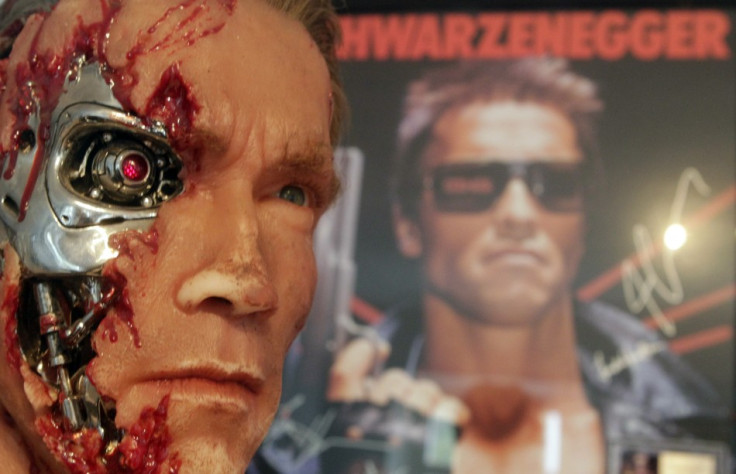Renegade 'body hackers' implant hi-tech devices in untested sci-fi experiments

A growing renegade band of "body hackers" are using themselves as guinea pigs in largely untested experiments by implanting various technical devices in a drive to improve their bodies.
In a recent "body hacker" convention in Austin, Texas, pioneer Amal Graafstra used a huge needle on a sterile blanket and cut into a volunteer's hand to implant a microchip.
The implantable RFID chips are slightly bigger than a grain of rice and hold encrypted information. Their ID numbers can be used to open doors or unlock an owner's smartphone, which is what the volunteer guinea pig hoped the chip could be used for, reports National Public Radio.
Minutes later the volunteer had a small Band Aid over his microchip incision at the base of his thumb, as others lined up to be "chipped."
Graafstra has done the procedure — and others — on himself. He dreams of a day of superhuman cyborgs who have been improved with implanted electronic devices.
"A patient may someday come very soon and say: 'My eye is totally fine, but I want an eye that can see infra-red. And I want an eye that can zoom,' " Graafstra told NPR.
In fact medical science is already breaching a new frontier with implants. Chips implanted in paralysed rats in early 2015 helped the animals to walk again. Artificial intelligence pioneer Ray Kurzweil believes that by 2030, the human brain could be directly linked with the cloud, creating a brain reliant on "biological and non-biological thinking" and creating a better "hybrid" human.
The difference with the body hackers is there is little or no testing beforehand, and the practitioners have little or no medical training.
Another body hacker celebrity at the conference was Ryan O'Shea, whose company Grindhouse Wetware earlier this year posted a grisly surgery video showing an implant of its Northstar device.
In the video, a man gets an incision in his hand, and a sub-dermal implant with five LED lights is implanted. The incision is stitched up with black thread, and LED lights glow beneath the skin.
The implant is mainly an experiment to determine how long a device can remain charged within the body, said O'Shea.
The implant was one of a number of devices featured in late 2015 on an episode of MTV True Life, this one called: I'm a Cyborg.
"I think once people realize: 'Oh, it's OK that my grandma has a pacemaker' ... people are going to start to accept this," O'Shea said. "The era of transhumanism, I would say, is here. So let's accept that and then see where that logically takes us."
Not many are as accepting of the cutting edge human-device merger as O'Shea and Graafstra. Many have ethical concerns and worries about safety among the body hackers.
"More than the crazy concept, it's actually people's willingness to accept it," said a conference participant referring to the Graafstra surgery. "People are just willing to just line up and go, 'Yeah, stick that in me.' "
© Copyright IBTimes 2025. All rights reserved.






















